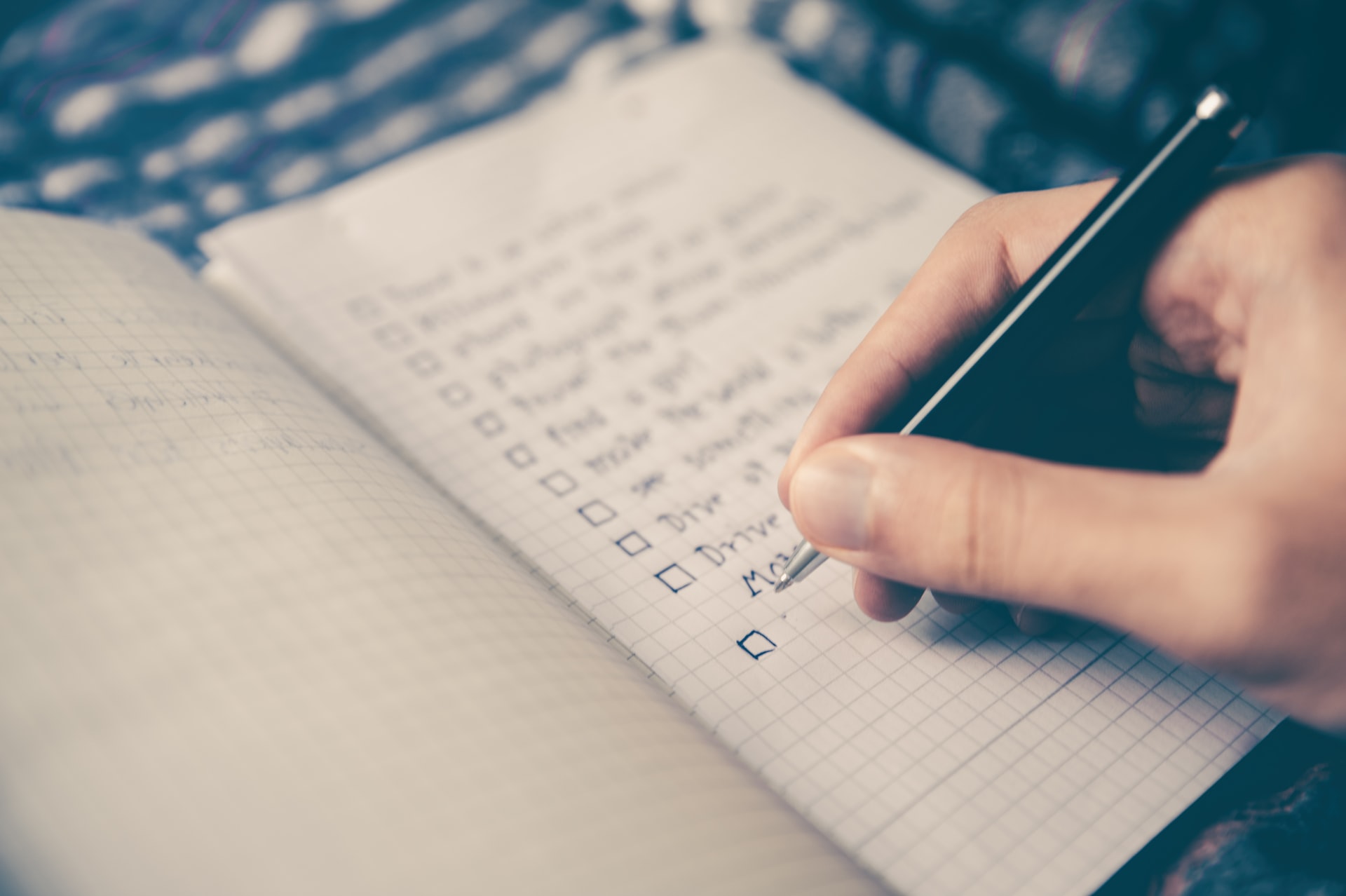We’ve all made to-do lists to structure our day and organize tasks. And why not? They work! And there’s something really satisfying about seeing an item scratched off from the list of things we need to do.
There’s psychological feedback that produces positive feelings from hitting a goal. To-do lists are practical and everyday productivity tools. Done correctly, they can transform our habits and change our lifestyles.
How about trying a spin on your typical to-do lists?
Let’s take a look at ‘Never Lists’ and ‘Sometimes Lists’ as more awesome ways to help us make the best of our abilities.
Never Lists
In life, we often indulge in behavior that can be problematic if it’s done too much. We have 24/7 availability of highly palatable yet unhealthy food. We can carry social media around with us all day with a mobile phone. There’s non-stop entertainment provided to us at every single moment as well.
It’s easy to get stuck in unhealthy habits such as using social media too often or compulsively snacking.
What’s a Never List?
A ‘Never List’, i.e. a list of behaviors and activities that you will never do, can help you create powerful boundaries that lead to better habits. Building a Never List is similar to creating bright lines. Bright lines are clear and unambiguous rules for living that form boundaries we never cross.
Sounds hard or rigid? Not really!
If you think about it, we all live with ‘never’ rules all the time. For example, we know that we’d never rob a bank or never drive a car without wearing a seatbelt. Different people around the world never eat specific foods or carry out certain activities because of their culture or environment.
In these cases, ‘never’ behaviors are externally created through laws and customs and they often help us to live in safety and harmony.
How to Create a Never List
What if you could deliberately create your own Never List? You’d create firm boundaries that keep you from doing activities that don’t serve your best interests.
So, think about behaviors that you want to stop and create a list of ‘Nevers’. Make it specific and unambiguous and choose them with care. These are rules that you are creating with a lot of thought. Here are a few examples involving social media usage or compulsive snacking:
- I am never going to watch TV or use any electronic device after 8 pm
- I never use social media while eating
- I never eat dessert unless I’ve exercised in the morning
Never Lists are actually freeing if you think about it. Having to make the right decisions over and over again is draining.
You already use up your decision making power when you are working or taking care of your home. A Never List means that you automatically follow the right path and don’t have to think about what to do. It empowers you!
In the current situation where many people are working from home and have disrupted schedules, a Never List can be a lifesaver in a time of confusion. As can a ‘Sometimes List’.
Sometimes Lists
While bright lines and Never Lists are valuable, there are activities in our life that don’t need such complete rigidity.
You may need to draw blurrier or broader boundaries around specific habits and this is where your Sometimes List can help you.
A Sometimes List is all about listing out activities that you can perform and the specific conditions where they are acceptable.
For example, if you have a health problem and need to reduce your intake of spirits, then create a Sometimes List where you can have a single glass at a wedding or a family holiday event.
If you’re looking for ways to curb but not restrict your spending, then you could commit to spending on a ‘luxury’ item only if you can put the same amount of money for the item into savings.
These conditionals rules aren’t as rigid as to-do lists or Never Lists. They are for behaviors where you want to rein them in. Using Sometimes Lists also relieves you from having to make decisions all the time.
They also enable you to feel like you’re not missing out on life’s pleasures.
Conclusion
Lists are a game-changer when we use them well. They help us to stay organized and to actually live life more freely. We’ll know what to do when we’re faced with triggers in our environment that can lead to unwanted behavior.
The next time you’re tempted with a window display showing unhealthy food or when you see a product and feel compelled to buy it, you won’t feel any pull to indulge. This is because your Never and Sometimes Lists clearly tell you what you can do.
We cannot control everything that appears in our environment, but lists for Never and Sometimes behaviors help us control our actions.
Start now and create your own Never and Sometimes lists. It won’t be long before you feel freedom and peace of mind that will transform your life.


